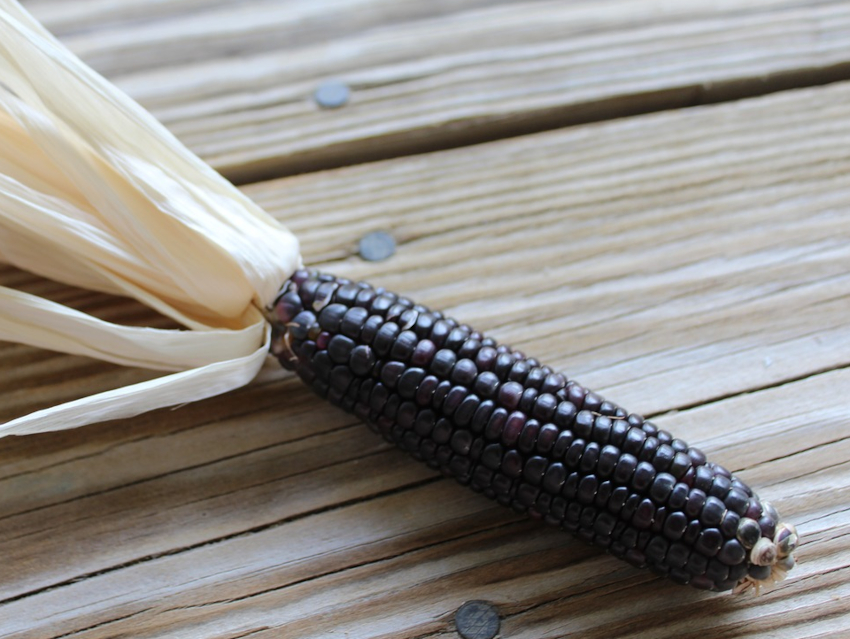Eating fruits and vegetables provides a variety of health benefits. Anthocyanins, for example, are a group of healthy compounds with antioxidant and anti-inflammatory properties that are also responsible for vibrant colors in food and can be used as natural dyes. Anthocyanins are found in purple corn—both in the kernels and the corncobs, which are typically considered waste. There have been attempts to repurpose purple corn cobs, but they generally require harmful and expensive solvents to extract useful compounds. Water could be used as an environmentally friendly and cost-effective agent for this process, but it is not very efficient. In addition, the insoluble cob material is still left over as waste after such extraction processes.
Fabrizio Adani, Roberto Pilu, Università degli Studi di Milano, Milan, Italy, and colleagues have developed a multi-step biorefinery approach to extract anthocyanins from purple corncobs and make different value-added products with zero waste at the end. First, the team mixed and heated ground-up corncobs and water, removing 36.3 % of the anthocyanins. The pigments from this step were used to dye cotton and wool fabrics with good results regarding color strength and fastness.
In the next step of the biorefinery method, the researchers removed an additional 33.2 % of the anthocyanins from the water-treated corn cobs by an extraction with acidified 50 % ethanol. The resulting extracts showed antioxidant and anti-inflammatory properties and could be used to develop so-called “nutraceutical” products, i.e., foods and supplements with possible health benefits.
Finally, the team found that the remaining solid residues were similar to commercial corn cob-based pet litter. The residual cob material was even more absorbent than a comparable commercial product. According to the researchers, the resulting purple litter could fight bacteria and reduce odors because the material still contains anthocyanins, which have antimicrobial activity. Used purple corn cob litter could be composted, completing the zero-waste use of the corn cobs.
- Biorefinery Approach Applied to the Valorization of Purple Corn Cobs,
Patrizia De Nisi, Giulia Borlini, Parisa Abbasi Parizad, Alessio Scarafoni, Piero Sandroni, Elena Cassani, Fabrizio Adani, Roberto Pilu,
ACS Sustainable Chem. Eng. 2021.
https://doi.org/10.1021/acssuschemeng.0c08717



